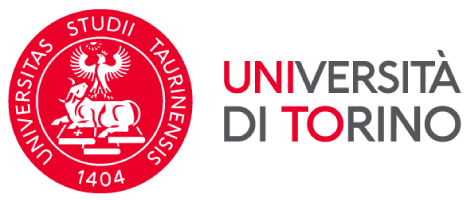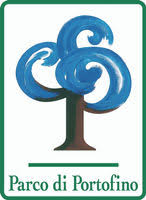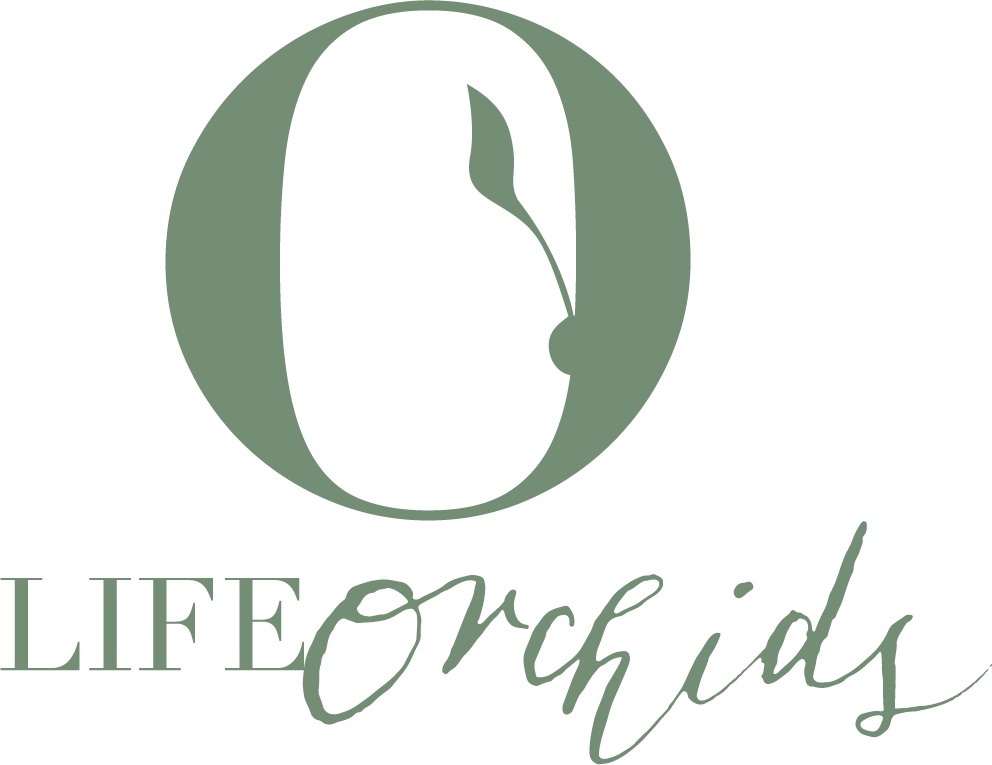Orchids typically establish exclusive relationships with their pollinators. These are usually bees, wasps and flies, but also moths, butterflies, midges or, for tropical species, birds.
The attraction of the pollinators that visit orchid flowers and carry their pollinia (pollen masses) from one flower to another often involve complex and deceptive strategies.
Orchids commonly use nectar to attract their pollinators, but they can also simulate its production by means of bright colors, shapes or fragrances and even by imitating the flowers of other plants.
Other orchids deceive their pollinators by imitating the appearance and scents produced by insects. In Ophrys species, the flowers have a labellum that mimics the body of a female bee or wasp, in the shape, the iridescent colors, or colored spots and hair.
They also release an odour that simulates the pheromones produced by receptive females. When the male lands on the flower, it grabs the labellum and tries to copulate. During this process, the flower deposits the pollinia onto the insect, so that they will be transported and deposited onto the next flower.
Once pollinated, the flowers produce a capsule that can contain tens of thousands of microscopic seeds, so small that they are called “dust seeds”.









